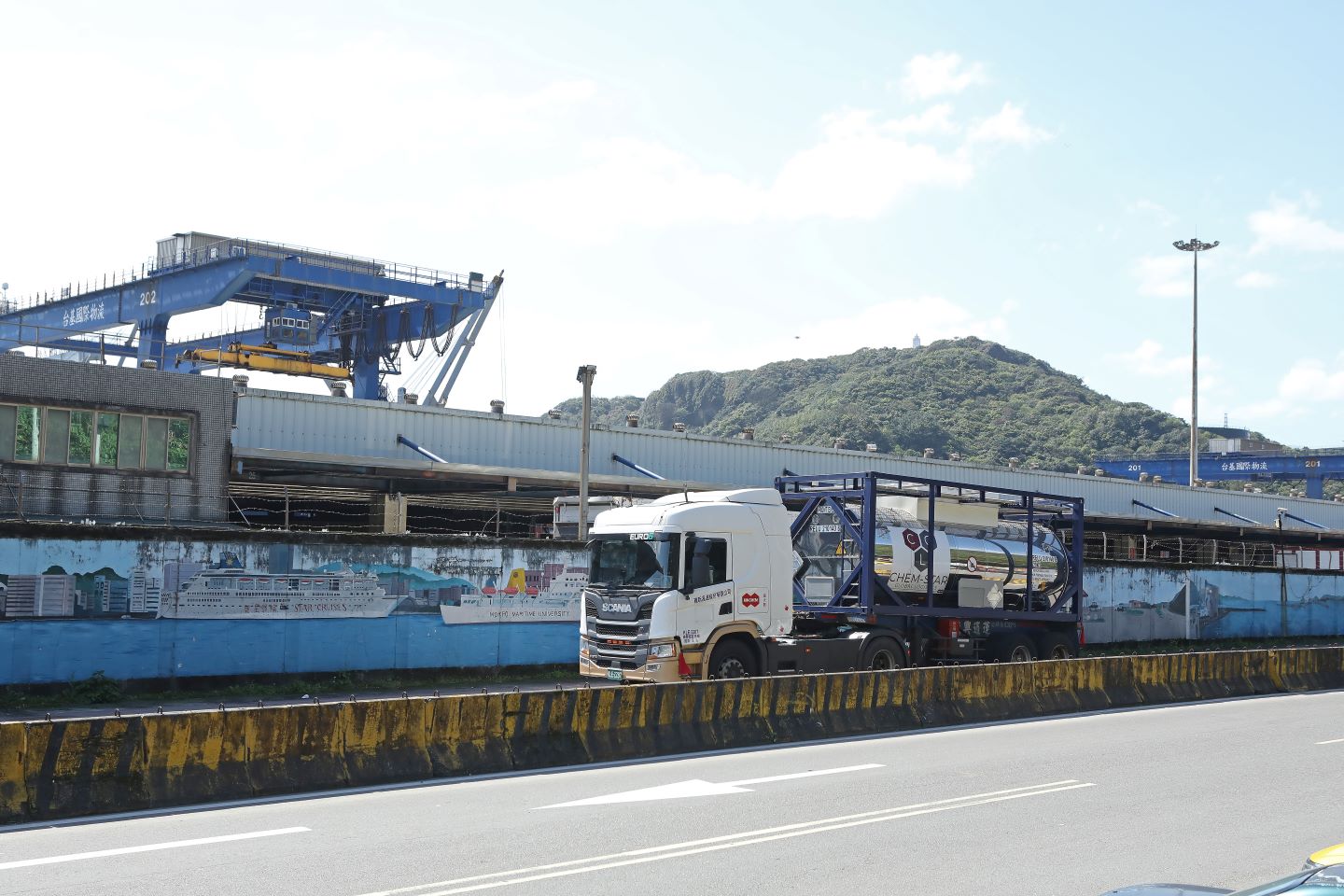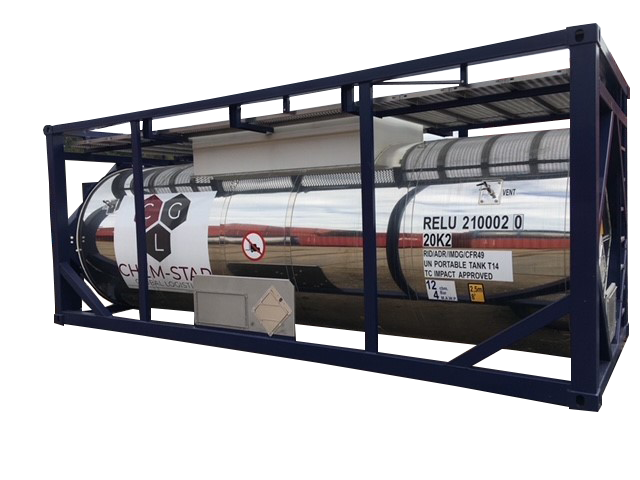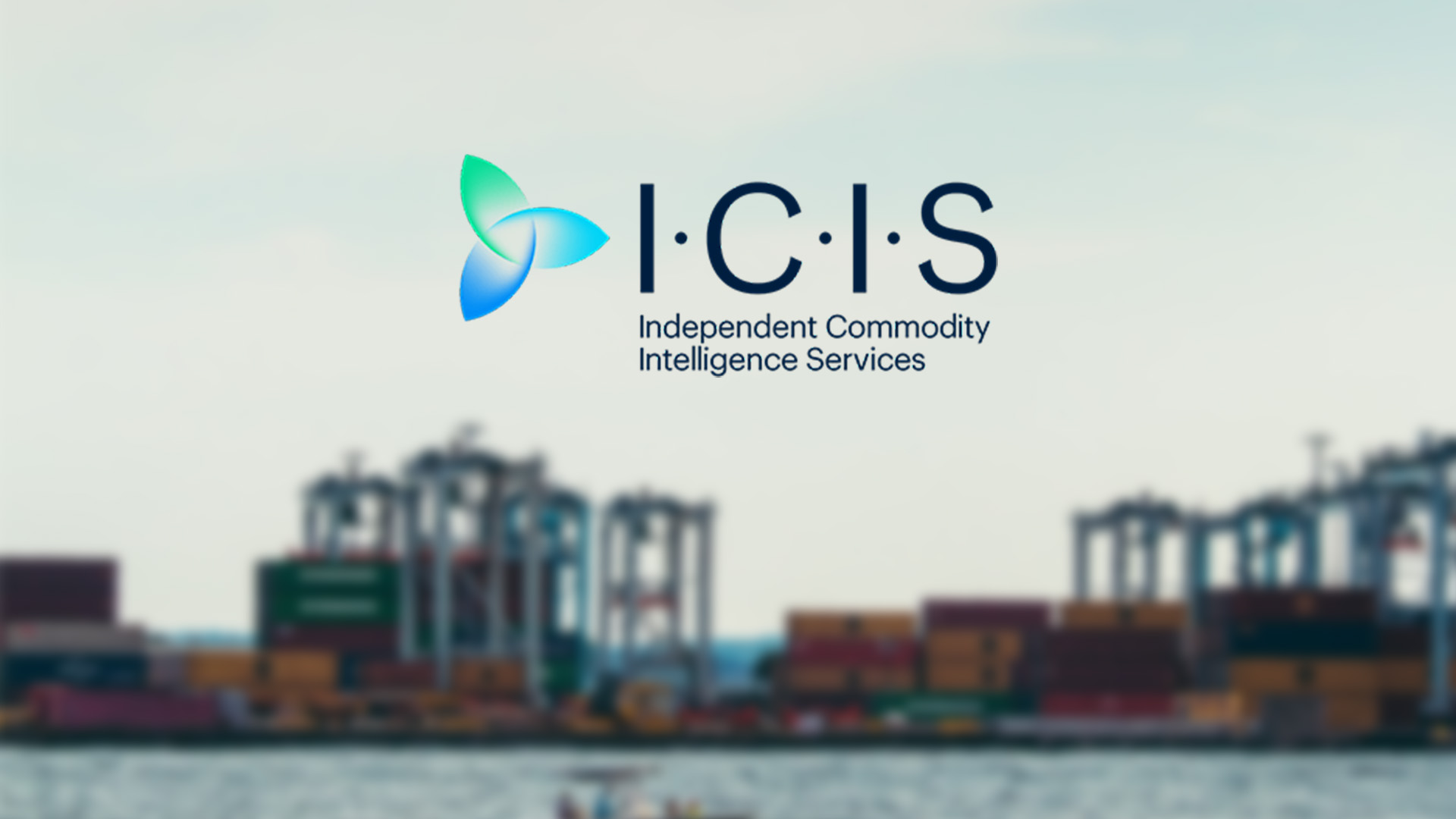
The chemical transportation game is changing thanks to ISO tanks. ISO tanks are quickly becoming a widely adopted method companies use to transport and store bulk liquids, gases, and powders. According to the International Tank Container Organization (ITCO), in January 2022 the global ISO tank fleet was up to 736,935 units, an increase of 7.3% from the previous year. Let's break down what an ISO tank is and why you should be using them to transport your materials.
ISO Tank Design
ISO tanks are intermodal containers used for transporting liquids, gases, and powders in bulk. The first ISO tank was designed by Bob Fossey in 1967 at Williams Fairclough in London.
International Organization for Standardization (ISO) standards ensure that each tank is suited for efficient transportation on ships, trains, and trucks. The standard ISO tank is about 6.06m long, 2.40m wide, and 2.55m tall. The tanks are made of stainless steel and have a protective external layer of polyurethane and aluminum and can hold 17,500-26,000 liters of cargo. The tanks are designed to transport hazardous and non-hazardous materials, can be unloaded from the top and the bottom, and are reusable. All tanks have the external frame, top and bottom valves, a manhole for cleaning, inspection, and maintenance, thermometers, and information detailing the type of tank and materials being transported.
ISO tanks can be stored in facilities called ISO Tank Farms. The standard design of the tanks allows them to be stacked like standard shipping containers during shipping and in storage.

ISO Tank Uses and Types
ISO tanks can be used to transport a wide range of items, including but not limited to the following:
- Dairy products
- Cooking oils
- Liquid resins
- Wine and other alcoholic beverages
- Non-hazardous chemicals
- Hazardous chemicals
- Flammable gases
- Fuel (petrol, diesel)
- Grains
- Cryogenic liquids
- Molasses
- Powders
To ensure the safety and purity of the materials listed above there are several types of ISO tanks. Below is a list of just a few types of tanks and their different uses:
- Reefer Tank - a refrigerated tank
- Baffle Tank - a heat-controlled tank using steam, warm water, or electric heaters
- Gas Tank - a tank used for the transport of gases
- Silo Tank - a tank used for the transport of powders and grains
- Lined Tank - a tank with extra lining for pure or destructive products
- T11 ISO - for non-hazardous chemicals
- T14 ISO - for hazardous chemicals
Adherence to ISO standards and procedures ensures the safest and most reliable transportation of a vast variety of materials and products around the world.
Benefits of Using ISO Tanks
There are many benefits to using ISO tanks including reliability, safety, cost, efficiency, and environmental factors.
Reliability
- ISO tank containers are globally approved and have standard quality certification
- ISO tanks can withstand harsh weather conditions, ensuring the quality of the cargo is preserved
- Temperature controlled tanks ensure sensitive materials are properly maintained throughout the shipping process
- Online tracking programs allow owners to monitor transportation and logistics from anywhere
Safety
- Thorough cleaning and inspection after cargo is unloaded and before next shipment
- Tanks are never used for both food-grade and chemical transport
- Tanks are shipped between 80-95% capacity to prevent surge and allow for thermal expansion
- Unique BIC codes, material information, and warnings are marked on each container for easy tracking and identification
Cost Effectiveness
- ISO tanks hold more than drummed shipments. A 20ft ISO tank can carry 60-70% more liquid compared to a 20ft container with drums
- Simplified intermodal transportation reduces shipping times and streamlines the delivery process
- Ability to stack ISO tanks allows for greater space economy when shipping or in storage
- Unique BIC codes, material information, and warnings are marked on each container for easy tracking and identification
Efficiency
- The standardized tank and bulk storage allow easier loading/unloading and can be stacked more quickly than drums
- Does not require additional packing materials for transportation
- Can be stacked for more flexible storing and is not dependent on a tank truck
Environmental Friendliness
- Tanks can be reused and repaired for an average life span of 20-35 years (less if transporting corrosive materials)
- Larger capacity and easier transportation lead to a smaller carbon footprint
- Safe and secure design combats spillage and leaking during transportation
Get more articles like this in your inbox
Sign up for our monthly newsletter
Find more articles



